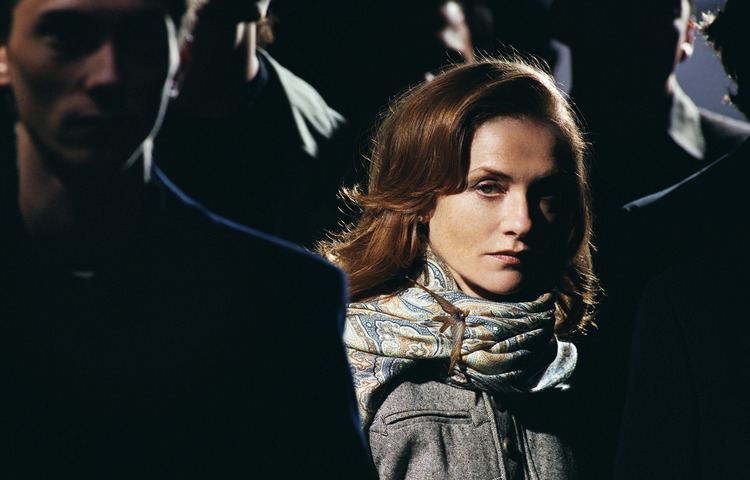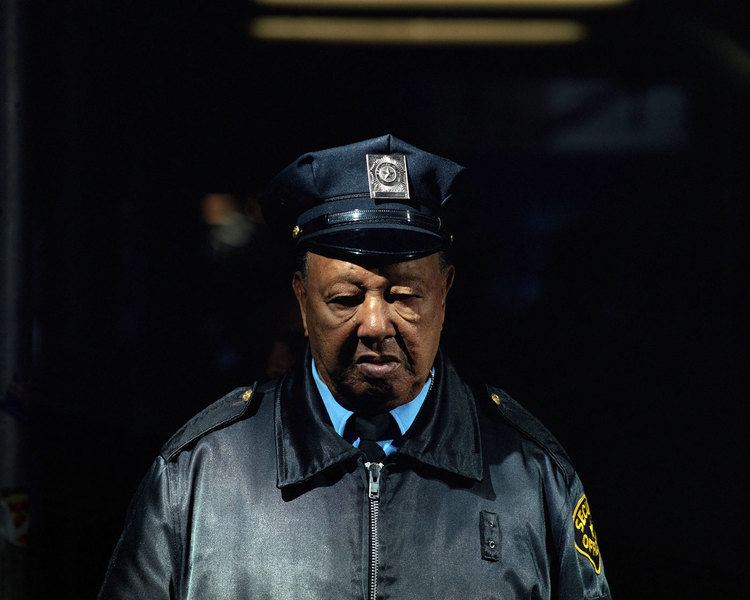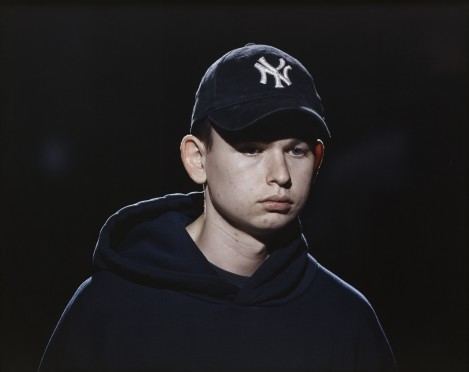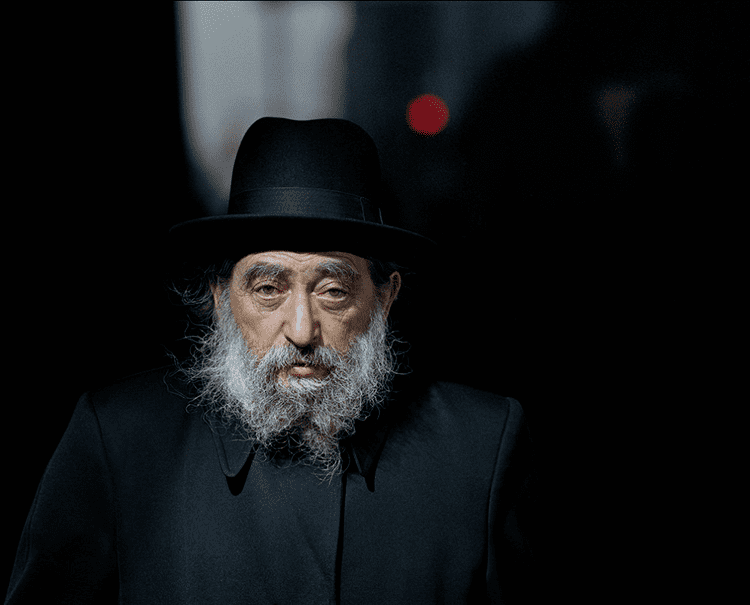Nationality American Books A Story Book Life | Role Photographer Name Philip-Lorca diCorcia | |
 | ||
Awards Guggenheim Fellowship for Creative Arts, US & Canada Similar People Gregory Crewdson, Sterling Ruby, Justine Kurland, Robert Doisneau | ||
Philip lorca dicorcia photographs 1975 2012
Philip-Lorca diCorcia (born 1951) is an American photographer. He studied at the School of the Museum of Fine Arts, Boston. Afterwards diCorcia attended Yale University where he received a Master of Fine Arts in Photography in 1979. He now lives and works in New York City, and teaches at Yale University in New Haven, Connecticut.
Contents
- Philip lorca dicorcia photographs 1975 2012
- Biography
- Work
- Publications
- Solo exhibitions
- Exhibitions with others
- Collections
- Selected awards
- Litigation
- References

Philip lorca dicorcia photographs 1975 2012
Biography

DiCorcia was born in 1951 in Hartford, Connecticut. His family is of Italian descent, having moved to the United States from Abruzzo. He attended the School of the Museum of Fine Arts, Boston, where he earned a Diploma in 1975 and a 5th year certificate in 1976.
Work

DiCorcia alternates between informal snapshots and iconic quality staged compositions that often have a baroque theatricality.

Using a carefully planned staging, he takes everyday occurrences beyond the realm of banality, trying to inspire in his picture's spectators an awareness of the psychology and emotion contained in real-life situations. His work could be described as documentary photography mixed with the fictional world of cinema and advertising, which creates a powerful link between reality, fantasy and desire.

During the late 1970s, during diCorcia's early career, he used to situate his friends and family within fictional interior tableaus, that would make the viewer think that the pictures were spontaneous shots of someone's everyday life, when they were in fact carefully staged and planned in beforehand. His work from this period is associated with the Boston School of photography. He would later start photographing random people in urban spaces all around the world. When in Berlin, Calcutta, Hollywood, New York, Rome and Tokyo, he would often hide lights in the pavement, which would illuminate a random subject in a special way, often isolating them from the other people in the street.
His photographs would then give a sense of heightened drama to the passers-by accidental poses, unintended movements and insignificant facial expressions. Even if sometimes the subject appears to be completely detached to the world around him, diCorcia has often used the city of the subject's name as the title of the photo, placing the passers-by back into the city's anonymity. Each of his series, Hustlers, Streetwork, Heads, A Storybook Life, and Lucky Thirteen, can be considered progressive explorations of diCorcia’s formal and conceptual fields of interest. Besides his family, associates and random people he has also photographed personas already theatrically enlarged by their life choices, such as the pole dancers in his latest series.
His pictures have black humor within them, and have been described as "Rorschach-like", since they can have a different interpretation depending on the viewer. As they are planned beforehand, diCorcia often plants in his concepts issues like the marketing of reality, the commodification of identity, art, and morality.
In 1989, financed by a National Endowment for the Arts fellowship of $45,000, DiCorcia began his “Hustlers” project. Starting in the early 1990s, he made five trips to Los Angeles to photograph male prostitutes in Hollywood. He used a 6-by-9 Linhof view camera, which he positioned in advance with Polaroid tests. At first, he photographed his subjects only in motel rooms. Later, he moved onto the streets. When the Museum of Modern Art exhibited 25 of the photographs in 1993 under the title “Strangers,” each was labeled with the name of the man who posed, his hometown, his age, and the amount of money that changed hands.
In 1999, DiCorcia set up his camera on a tripod in Times Square, attached strobe lights to scaffolding across the street and took a random series of pictures of strangers passing under his lights.
Originally published in W as a result of a collaboration with Dennis Freedman between 1997 and 2008, DiCorcia produced a series of fashion stories in places like Havana, Cairo and New York.
Publications
Solo exhibitions
Exhibitions with others
Collections
DiCorcia's work is held in the following public collections:
Selected awards
Litigation
In 2006, a New York trial court issued a ruling in a case involving one of his photographs. One of diCorcia's New York random subjects was Ermo Nussenzweig, an Orthodox Jew who objected on religious grounds to diCorcia's publishing in an artistic exhibition a photograph taken of him without his permission. The photo's subject argued that his privacy and religious rights had been violated by both the taking and publishing of the photograph of him. The judge dismissed the lawsuit, finding that the photograph taken of Nussenzweig on a street is art - not commerce - and therefore is protected by the First Amendment.
Manhattan state Supreme Court Justice Judith J. Gische ruled that the photo of Nussenzweig—a head shot showing him sporting a scraggly white beard, a black hat and a black coat—was art, even though the photographer sold 10 prints of it at $20,000 to $30,000 each. The judge ruled that New York courts have "recognized that art can be sold, at least in limited editions, and still retain its artistic character (...) [F]irst [A]mendment protection of art is not limited to only starving artists. A profit motive in itself does not necessarily compel a conclusion that art has been used for trade purposes."
The case was appealed and dismissed on procedural grounds.
